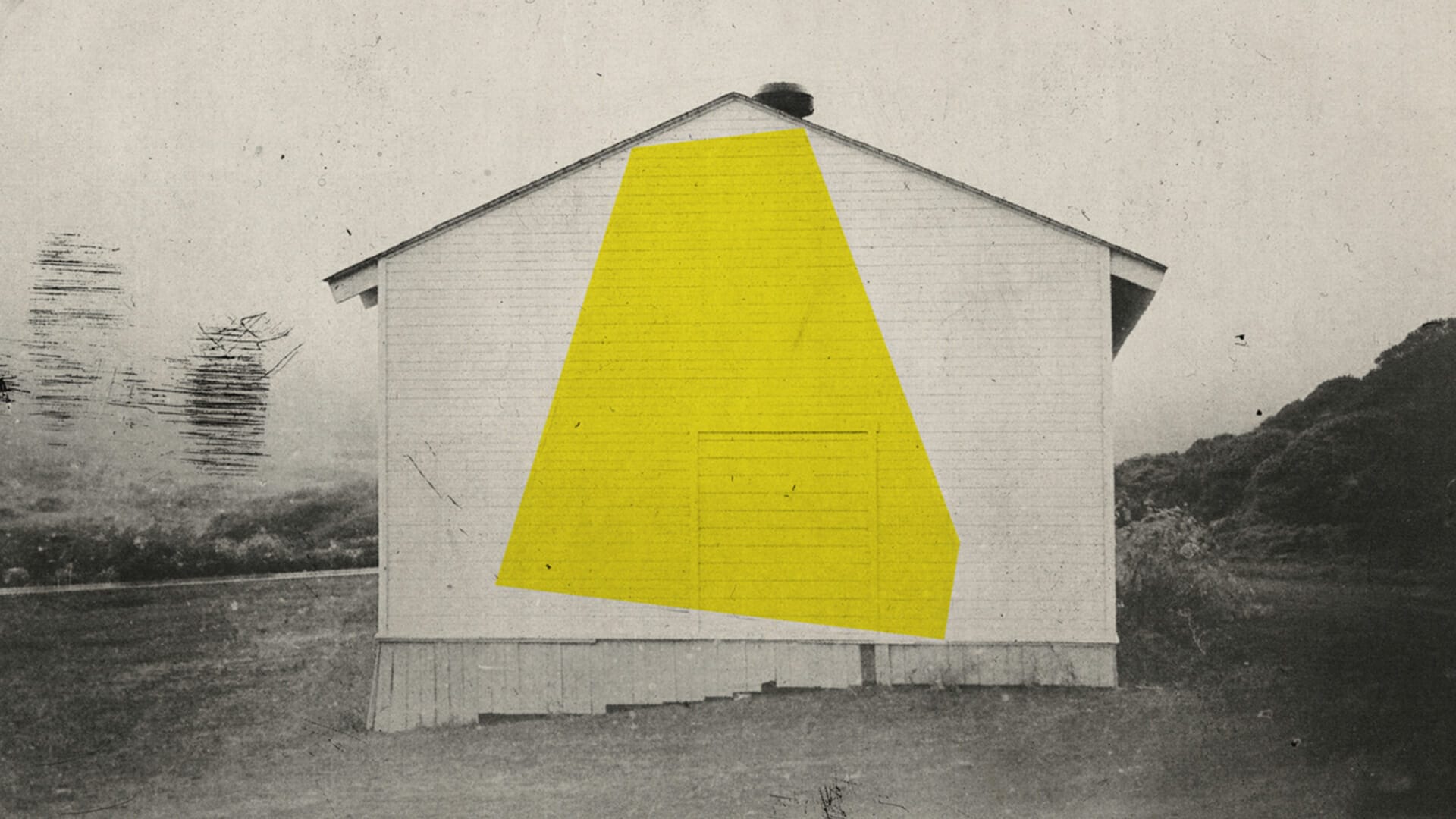
The Sigg Art Foundation: Curating Global Cultural Synergies
In the contemporary art world, a nuanced evolution is taking place as artists quietly yet assertively push into the digital domain, changing the parameters of artistic expression while sparking a reevaluation of creativity’s role in a technologically interconnected society.
Currently, the art world is marked by an inclusive democratization of the arts. Digital media, with their inherent accessibility, break down the barriers that once limited artistic expression to a select few. Now, diverse voices find resonance in the global digital gallery, each contributing to a rich, multifaceted narrative of contemporary life.
Yet, this shift towards digital does not signify a departure from tradition. It is, instead, an evolution, an ongoing dialogue between the old and the new. In this conversation, traditional techniques and digital innovations do not compete but coalesce, creating art that is both reflective of our time and respectful of the past.
It is precisely here that institutions like the Sigg Art Foundation are active participants in shaping how art evolves, ensuring that it remains a dynamic reflection of both the past and the present.
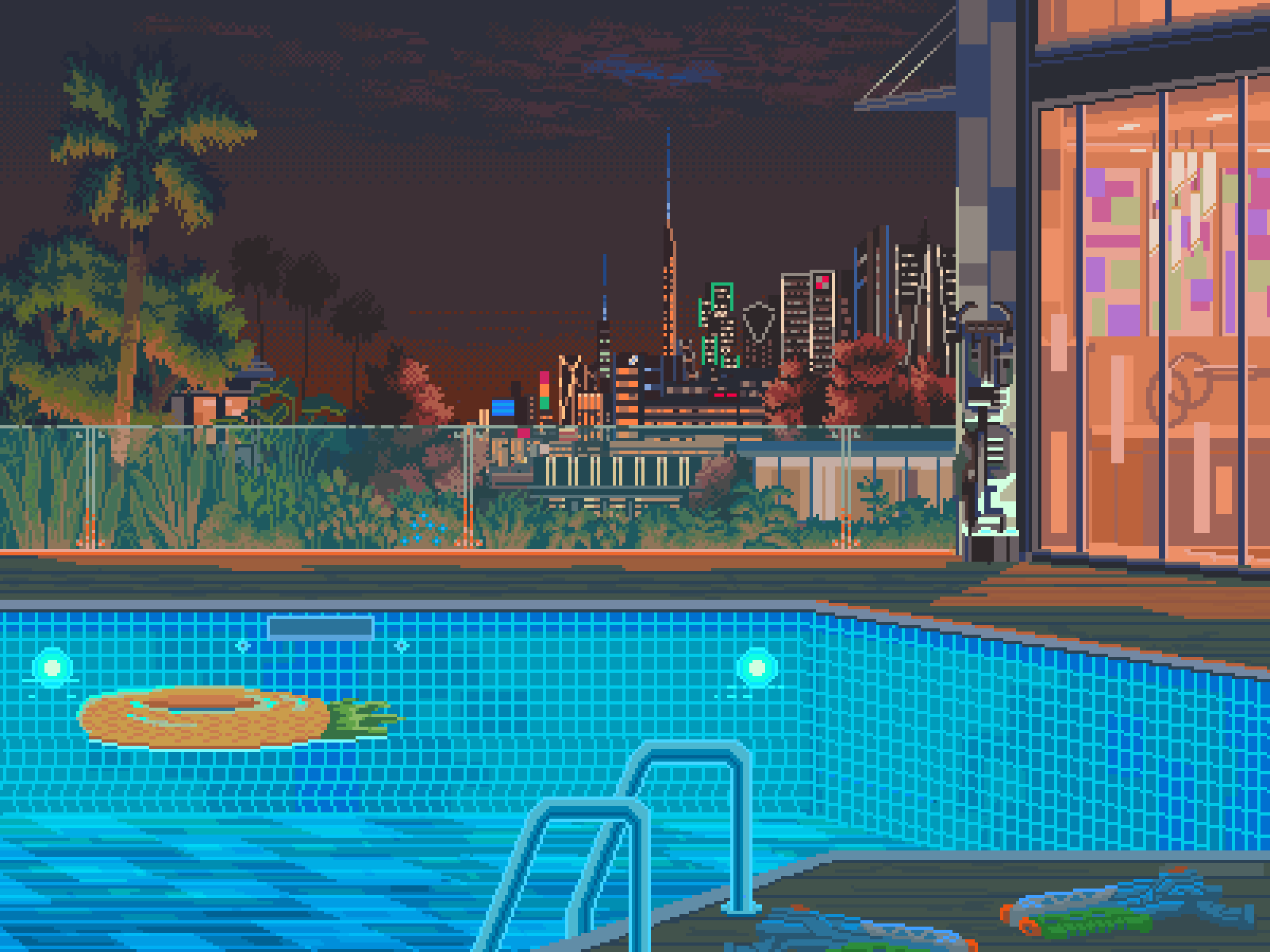
Bridging Worlds: The Alchemy of Art in the Digital Age
The transformative phase the contemporary art world is undergoing is not just about the introduction of new tools; rather, it represents a fusion of diverse artistic disciplines, cultures, and perspectives for a synthesis of expression that feels both novel and familiar.
As a whole, it represents a cultural and philosophical exchange that redefines the essence of artistic creation. Artists, traditionally anchored in the tactile realms of paint and canvas, now are increasingly turning to and experimenting with digital creation, bringing with them a sense of physicality and human touch that sometimes eludes purely digital works. Conversely, digital artists are rediscovering the raw, organic elements of traditional mediums, infusing their works with a sense of history and tangibility.
The result is a fascinating interplay of contrasts – the immediacy and versatility of digital art complemented by the depth and texture of traditional methods. This juxtaposition is not just aesthetic but conceptual, challenging our understanding of art’s role and potential.
Cultural Heritage in a Digital Context: Reimagining the Past
In an era where digital culture shapes every facet of our lives, the reimagining of cultural heritage through digital means stands as a testament to the profound interplay between technology and tradition. This advancement is more than a technological feat; it represents a deeper cultural shift, where the digital sphere becomes a pivotal bridge, connecting the historical richness of the past with the dynamic, interconnected audience of today.
Digital platforms and technologies have revolutionized the way we access and engage with art and narratives. It extends beyond the physical confines of traditional museums, opening doors to a global audience and democratizing access to these cultural treasures.
More than preservation, this integration is an active dialogue between times. Digital artists, leveraging modern tools, are not merely replicating past themes; they are reinterpreting them, infusing contemporary context and relevance. In this way, heritage becomes a living, dynamic entity that enriches our understanding of past and present, not just as a static record but as a living and evolving entity.
This process challenges established interpretations and highlights previously underrepresented stories. It signifies a shift in how we perceive cultural heritage, turning it into an ongoing, evolving narrative that resonates with today’s digital-centric society.
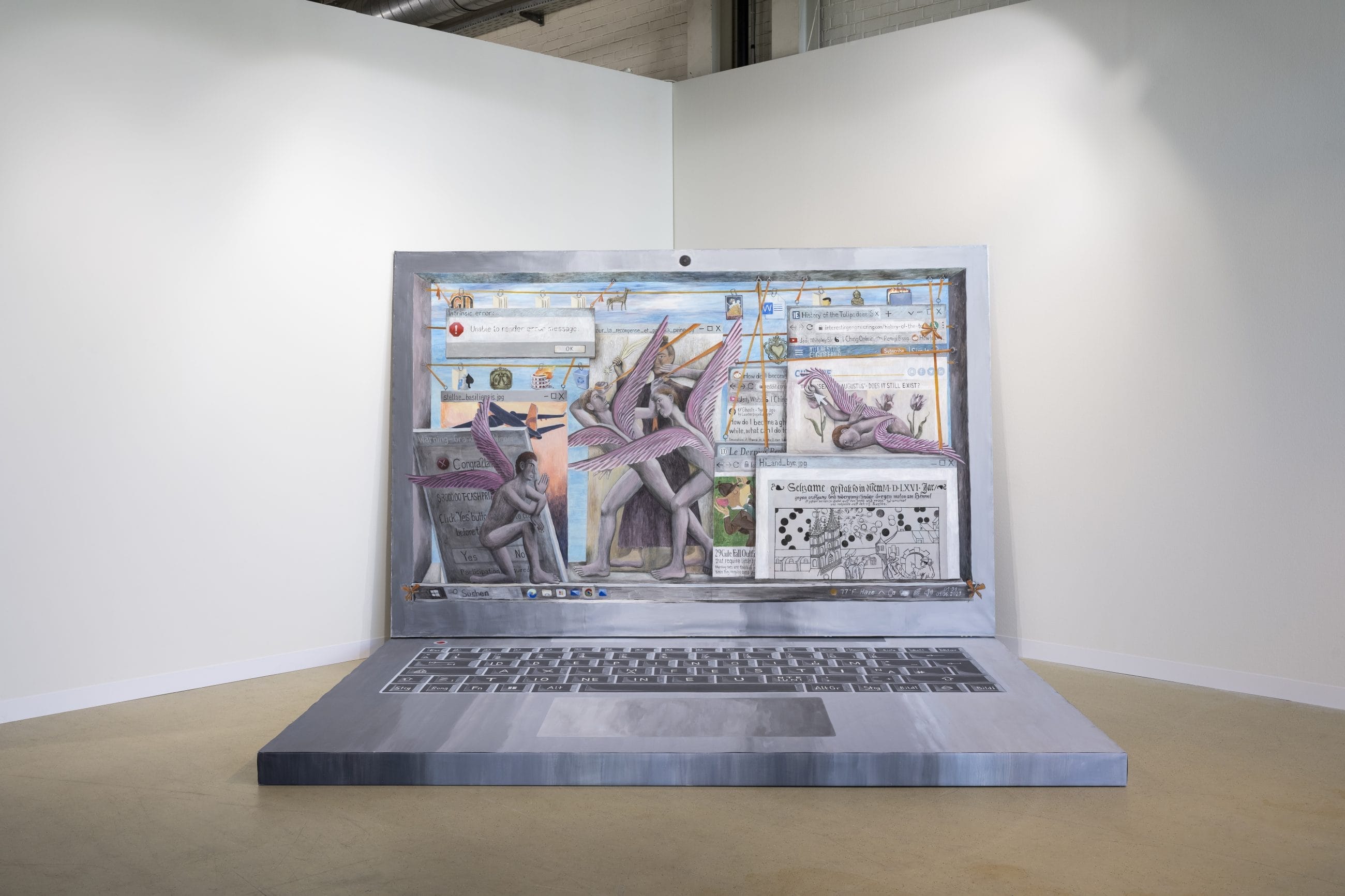
Sigg Art Foundation: Bridging Art, Technology, and Culture
At the forefront of blending historical narratives with contemporary digital art stands the Sigg Art Foundation, an institution renowned for its innovative approach to art curation.
Founded in 2020 by Pierre Sigg, a longtime collector of fine art, Sigg Art Foundation is an independent and non-profit organization that has gathered an extensive network of museums and collectors throughout their 40-year collection-building history.
Its primary mission is to empower artists across the globe by providing immersive residencies, enriching programs, and a vibrant platform for cross-cultural exchange and collaboration.
Likewise, when it comes to curation, the Foundation’s approach is both innovative and transformative. It’s not just about preserving cultural heritage; it’s about revitalizing it with the breath of contemporary digital innovation. As such, the Foundation skillfully employs emerging technologies, reinterpreting historical narratives in a way that resonates with today’s digitally interconnected audience.
Central to the Foundation’s activities are its residencies, strategically located in culturally rich landscapes from Southern France to Alula and Greece. These programs serve as creative sanctuaries where artists are encouraged to explore and blend traditional art forms with digital methodologies.
The Collection of the Sigg Art Foundation’s founder, an assemblage of works spanning from Modern Art and Post War to contemporary digital art, reflects its eclectic and forward-thinking ethos. This collection is a testament to the Foundation’s dedication to bridging traditional media, especially painting, with the digital realm. It includes seminal works by artists like Cory Arcangel, Katja Novitskova, and Pipilotti Rist, alongside past residents such as Kevin Bray and Petra Cortright, each piece reflecting the Foundation’s commitment to the intersection of art and technology.
In essence, Sigg Art Foundation’s initiatives exemplify how technology can deepen our connection to cultural heritage, transforming it into a living, evolving conversation rather than a static exhibit, and ensuring that art remains a vital, engaging element in our global cultural landscape.
🎨 Welcome to the Sigg Art Foundation!
— Sigg Art Foundation (@SiggArtFdn) May 23, 2023
Through our art residencies, collection, and programs, we aim at supporting the development of new ideas, encouraging knowledge and creativity, and creating bridges between cultures. #SiggArtFoundation pic.twitter.com/8EOZOG6TWT
A Green Palette: Sustainability in the Sigg Art Foundation’s Approach
In an era where ecological consciousness is increasingly paramount, the Sigg Art Foundation’s commitment to sustainability stands out as a guiding principle in its artistic pursuits, which constitutes a fundamental element of their identity, reflecting a profound understanding of art’s role in the broader environmental discourse.
The Foundation’s approach to sustainability transcends the conventional, weaving ecological considerations into the very fabric of artistic creation and curation. It’s an approach that challenges artists to think not only about the aesthetic and conceptual elements of their work but also about the environmental impact of their artistic processes and materials. This philosophy has led to innovative projects where sustainability is not just a theme but a practice, encouraging artists to explore environmentally friendly mediums and techniques.
Moreover, the Sigg Art Foundation’s commitment to eco-friendly art extends to its operational practices. From the curation of exhibitions to the management of residencies, every aspect is infused with an awareness of environmental impact. The Foundation sets an example by adopting practices that reduce the ecological footprint of art production and exhibition, such as using sustainable materials and energy-efficient technologies.
This commitment to sustainability resonates deeply with a contemporary audience that is increasingly aware of environmental issues. By promoting eco-conscious art practices, the Sigg Art Foundation not only contributes to the preservation of our planet but also inspires a new generation of artists and art enthusiasts who are equally committed to this cause.
In this way, the Foundation’s approach to sustainability is more than a policy; it is a statement about the role of art in society. It reflects a belief that art should not only comment on the world’s beauty and complexities but also contribute positively to its well-being.

In Conversation with Pierre Sigg: Insights and Aspirations
As we delve deeper into the history of the Sigg Art Foundation, Pierre Sigg, the founder, reveals unique insights into the Foundation’s journey, its impact on the art world, and its future pursuits.
Fakewhale: Mr. Sigg, what inspired you to transition from being an art collector to founding the Sigg Art Foundation? Could you share a pivotal moment or experience that sparked this significant change in direction?
I’ve been collecting for decades but with time, I realized that forming personal connections with the artists, and being involved in their careers in ways other than financially, was something missing in my path as a collector. For a long time I collected Modern and Post War Art and most of the artists in my collection were dead. When I started collecting contemporary and digital art a dozen years ago, it felt like a good opportunity to actually meet artists and be invested in their day-to-day development. It really started in a humble way: I was informally inviting artists to my estate in the South of France during the summer months. Then it evolved into a more structured residency program in 2020; and the project grew into a foundation that runs 3 curated residency programs across the world since 2022.
Fakewhale: Over the years, your collection has evolved to include a remarkable range of artists from Modern Art to contemporary digital creators. How do you personally select these works, and what guides your decision-making process?
I am curious and open-minded. I like to have the feeling that I am in front of an artwork that could have the ability to open a new world full of possibilities. Even if I don’t always understand the full scale of it in the beginning, I still feel its potential. This is the case with a lot of artists working with digital. It pushes me to think differently, to think big and outside the ordinary. I feel like new media still have so much unexplored creative potential.
That said, the collection already had a strong 20th century basis when I started collecting contemporary art. So one of the ways I select new works is by making formal or intellectual connections with existing works in the collection. Does it repeat or add to this or that subject visible in the collection? How does it echo this or that artwork I own? Will it still be relevant in 50 years or is it too specific to this moment in time?
Fakewhale: How do the Sigg Art Foundation’s residency programs uniquely empower artists, especially those working with digital and emerging technologies? Can you share a success story from these programs?
One of our goals is to provide a platform for artists working with emerging technologies. There are many art residencies in the world but I can’t think of any being active in that specific field at our scale.
We want to deconstruct the myth of digital practitioners working alone from their computers in their bedrooms. The residency programs prove that offering a space for them in different environments has a direct impact on their development. Ben Elliot just inaugurated one of his largest projects to date at Esther Schipper Gallery, which was inspired by and conceived during his stay in AlUla. Just after her residency, Monira Al Qadiri opened shows at Kunsthaus Bregenz, at UCCA, and at Noor Festival, including one monumental sculpture and film conceived during the residency in AlUla, which is part of AlUla artist residency, the
global program co-founded and co-curated by Royal Commission for AlUla (RCU) and Afalula, operated by the Sigg Art Foundation. These are the two most recent examples from just the past month; but most of the past residents had a transformational experience. Some of their artworks were acquired by institutions for the first time after their residency; or had their first gallery representation, etc.
Another very important way for us to measure the success of these programs is through the instances where valuable cultural bridges are being created between the residents and the context they are visiting. For instance, in Saudi Arabia, AlUla artist residency global program puts emphasis on organizing a robust public program with many opportunities for the residents to form meaningful connections with the local communities. In Saudi Arabia, the population is young and very connected to the digital realm. The past residents often told us that they felt the response to their work was far more interesting and immediate than that in the western context, as the local communities were so deeply excited to experience art in real life and interact with artists, sometimes for the first time. It is an honor to facilitate such a responsive environment for artists to showcase and develop their work, while also having a positive impact on local people’s life.

Fakewhale: The Sigg Art Foundation emphasizes both digital art transformation and ecological awareness. How do these two focuses intersect in your programs, and could you give an example of a project that embodies this synergy?
Past resident Timur Si-Qin stated that « technology and culture are as much a product of nature as seashells and termite mounds. ».
A majority of the art world is trying to put the digital and nature in opposition, with an implicit idea that technology is solely responsible for a lot of natural disasters. I rather prefer to promote artists and projects that highlight technology as a vector for a lot of solutions in sustainable development. This attitude is especially relevant in AlUla, a region that brilliantly preserves and highlights its natural and cultural heritage, while also considerably investing in technological progress. Timur Si-Qin, but also other past residents from the residency in AlUla Agnieszka Kurant, Ayman Zedani, Ittah Yoda, and Monira Al Qadiri have all produced projects around that subject, and that’s the reason they were selected to participate in the AlUla artist residency program.
Fakewhale: Are there any recent or ongoing projects of the Sigg Art Foundation you would like to highlight?
Artists-in-Residency program “Under the Shadow of Acropolis” supported by Saudi Arabia Ministry of Culture (MoC) and curated by Sigg Art Foundation was recently inaugurated in Greece. It was a fantastic opportunity to connect Greek and Saudi artists whose artistic practices evolve at the intersection of archeology and the digital. This research was initiated during the first residency session in the AlUla artist residency program in 2022 with contributions from Nicolas Lamas, Kevin Bray, and Ittah Yoda. It was great to see other artists working in this direction and sharing the specificities of their respective cultures, traditions, and customs, in order to inform a common subject.
To name an example, Saudi artist Aziz Jamal and Greek artist Maria Mavropoulou both worked on similar notions of cultural heritage conservation and the preservation of archeological objects and sites using new technologies. Those challenges have been central in Greece for centuries and are now at play in Saudi Arabia too as it enters an important phase of tourism.
Fakewhale: How does the Sigg Art Foundation view its role in fostering artistic dialogue or debate, especially through the lens of its collection which spans a broad spectrum of artistic eras and mediums?
We are already working on making the collection available to the public through loans to institutions, but I would love to organize a transversal exhibition of the collection in Saudi Arabia, where most of the artists I collect have never been seen. It seems important for younger artists in the region to be able to experience artworks from a broad spectrum of artistic eras and mediums, as you say, and I’m sure this would generate a positive impact in their own works too.
Fakewhale: Looking towards the future, what legacy do you hope the Sigg Art Foundation will create in the art world, and what are your aspirations for the Foundation in the coming years?
I hope the Sigg Art Foundation can be viewed as a precursor when it comes to supporting artists working with new media. I want to continue the focus in Saudi Arabia as there is an incredible potential for creativity there. Other than that, we are working on some institutional projects elsewhere in the world and I can’t wait to share more soon!

The Sigg Art Foundation: A Catalyst in Art’s Evolutionary Narrative
As we consider the impact of the Sigg Art Foundation, its legacy emerges as a testament to art’s enduring relevance. As an institution, it adapts to the changing dynamics of the art world but most importantly, shapes them, making sure that art remains an integral, engaging, and conscientious part of our culture.
Through its focus on digital mediums, the Foundation actively engages with the transformation of artistic expression in the digital age, establishing itself as a bridge. It offers a forward-looking perspective on how art interacts with technology, highlighting the importance of evolving with the times while maintaining a connection to traditional art forms. A perspective which is vital in a world where the digitization of experiences has become the norm, and the Foundation’s initiatives serve as a blueprint for navigating these changes.
The Foundation’s commitment to sustainability extends beyond surface-level practices, taking into account the deeper implications of environmental consciousness in the art world. It champions the idea that art institutions have a significant role in promoting sustainable practices, serving as leaders in a movement towards more ecologically responsible art production and curation.
As a result of its efforts, the Sigg Art Foundation exemplifies how art can be a lens through which we view and address contemporary challenges. Its projects and collaborations offer insights into art’s capacity to influence and reflect societal concerns, affirming the belief that art should be an active participant in shaping our collective future.
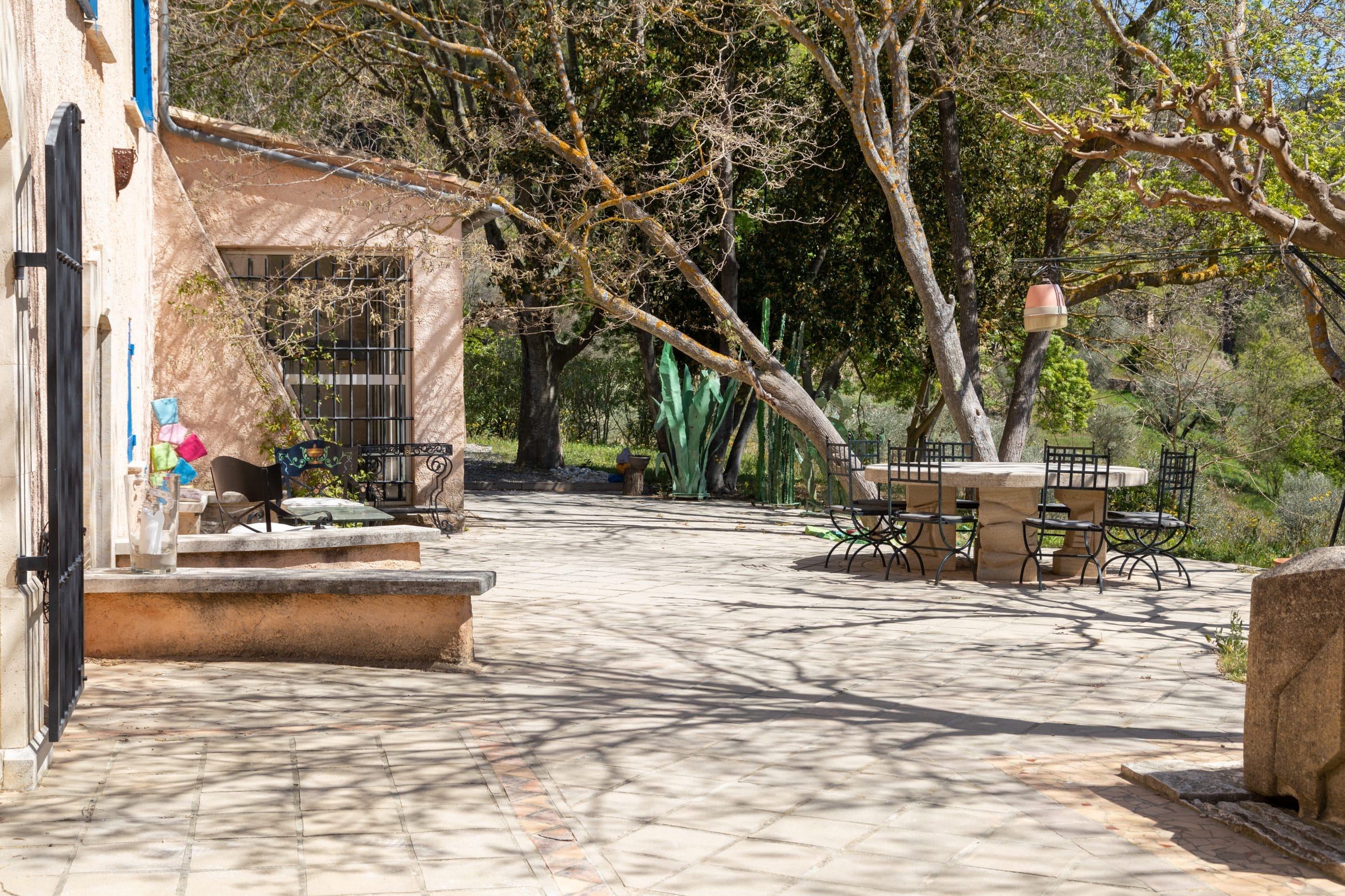
fakewhale
Founded in 2021, Fakewhale advocates the digital art market's evolution. Viewing NFT technology as a container for art, and leveraging the expansive scope of digital culture, Fakewhale strives to shape a new ecosystem in which art and technology become the starting point, rather than the final destination.
You may also like
On animated architecture at Soft Power, Berlin
On animated architecture by Maija Fox, Jakob Francisco, Dongchan Kim, Nina Nowak, Esteban Pérez, an
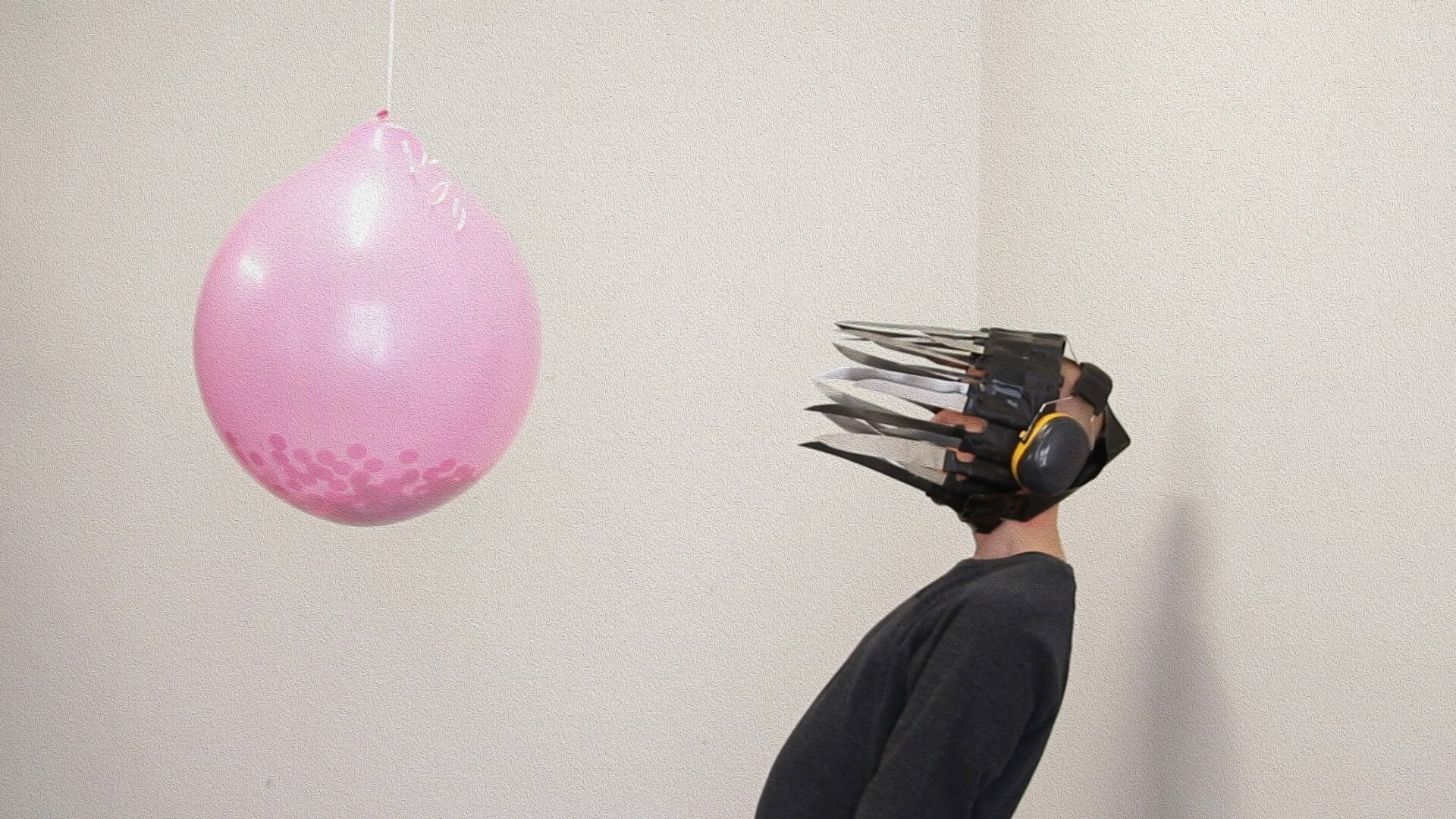
In conversation with Jan Hakon Erichsen
In this episode of Fakewhale Live, host Jesse Draxler chats with Norwegian performance artist Jan Ha
Gary Edward Blum: Meditations within Minimalist Abstraction
Gary Edward Blum, a San-Francisco based artist, weaves a rich tapestry of duality in his artistic pr


